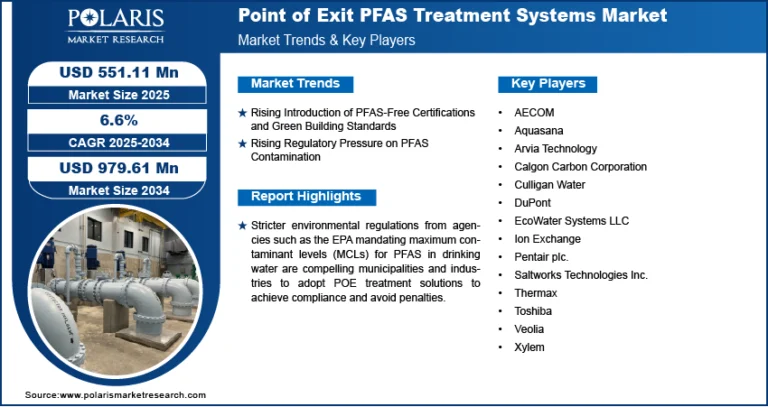Industrial Fasteners Market Size Worth USD 146.83 Billion by 2034 | CAGR: 4.40%

The global industrial fasteners market is experiencing steady growth, driven by the expansion of key sectors such as automotive, construction, aerospace, and manufacturing. Industrial fasteners, which include nuts, bolts, screws, rivets, and other fastening components, are essential for mechanical assemblies and structural stability. With growing demand for durable, high-performance, and lightweight components, the market is poised for substantial growth over the coming years.
Market Size and Growth Outlook
The global industrial fasteners market size is expected to reach USD 146.83 billion by 2034, according to a new study by Polaris Market Research.This growth is supported by rising industrialization, infrastructure development, and technological advancements in fastening solutions. Increased production of electric vehicles, smart infrastructure, and commercial aircraft is further boosting the demand for advanced and customized fasteners globally.
Market Segmentation
The market is segmented by material type, product type, and application. Based on material, metal fasteners hold the largest share, favored for their strength, reliability, and wide applicability across industries. However, plastic fasteners are gaining traction due to their lightweight nature, corrosion resistance, and cost-effectiveness, especially in automotive and consumer electronics sectors.
By product, externally threaded fasteners, such as bolts and screws, dominate the market, owing to their widespread use in construction, automotive, and machinery manufacturing. Internally threaded and non-threaded fasteners, including rivets and pins, also represent significant segments, especially in aerospace and precision engineering.
Key Application Areas
Automotive Industry:
The automotive sector remains a key driver of the industrial fasteners market. Modern vehicles require thousands of fasteners for body assemblies, engines, suspensions, and interiors. The shift towards electric vehicles has also increased the demand for lightweight and heat-resistant fasteners that can support battery modules and electric drive units.
Construction and Infrastructure:
Fasteners are critical in construction applications such as bridges, buildings, tunnels, and highways. Urbanization and government investments in infrastructure projects have significantly contributed to the rising consumption of high-tensile and corrosion-resistant fasteners in this sector.
Aerospace and Defense:
In aerospace and defense, fasteners must meet stringent specifications for strength, weight, and reliability. The increasing production of commercial and military aircraft has generated steady demand for titanium, aluminum, and stainless-steel fasteners that can withstand extreme operating conditions.
Industrial Machinery and Electronics:
Fasteners are integral to the assembly of industrial machinery, consumer electronics, and appliances. With increasing automation and precision engineering, there is growing demand for specialty fasteners tailored for specific torque, vibration, and thermal requirements.
Trends and Innovations
Technological innovations are playing a vital role in reshaping the industrial fasteners landscape. Smart fastening solutions, automation-assisted assembly, and torque monitoring systems are gaining popularity in advanced manufacturing units. Manufacturers are also exploring sustainable materials and recyclable fastener solutions to align with global sustainability goals.
𝐄𝐱𝐩𝐥𝐨𝐫𝐞 𝐓𝐡𝐞 𝐂𝐨𝐦𝐩𝐥𝐞𝐭𝐞 𝐂𝐨𝐦𝐩𝐫𝐞𝐡𝐞𝐧𝐬𝐢𝐯𝐞 𝐑𝐞𝐩𝐨𝐫𝐭 𝐇𝐞𝐫𝐞: https://www.polarismarketresearch.com/industry-analysis/global-industrial-fasteners-market
Challenges
Despite its growth potential, the market faces challenges such as raw material price volatility, rising competition from adhesive bonding solutions, and supply chain disruptions. Additionally, trade tariffs and regulatory constraints on metal imports can affect pricing and availability for manufacturers.
Conclusion
The industrial fasteners market is set for sustained growth, fueled by broad-based demand across multiple sectors. Companies focusing on product innovation, material optimization, and supply chain resilience will be best positioned to capitalize on evolving opportunities in this dynamic industry.






